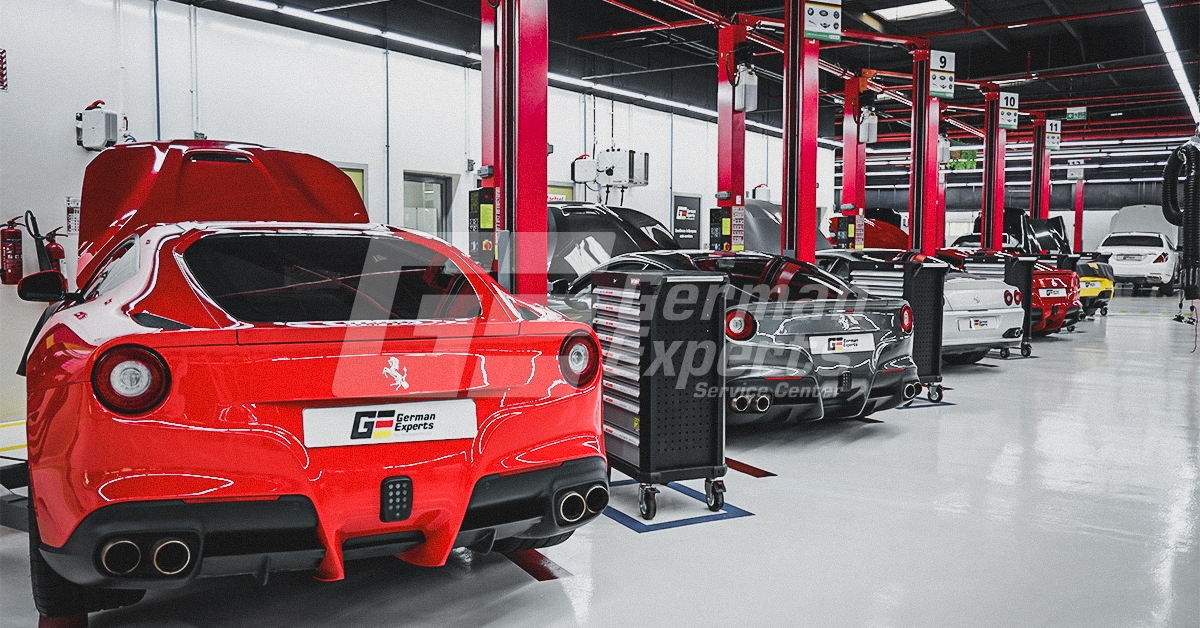Some things never change, such as the ongoing care of your priceless car. Everyone agrees that car maintenance is something that must be done regularly. Nonetheless, many car owners find this task to be a very stressful and demanding one. They become frustrated by the fact that they have to spend so much money on maintenance and repairs.
The best course of action is to look for methods to spread out the fees you will incur. The excellent news is that there are several strategies to reduce your auto maintenance expenses. You could do it yourself and avoid the need for Car servicing in Abu Dhabi.

Tips to Reduce Major Repair Costs
Here are some helpful tips to help you keep your car in good shape while saving extra costs.
- Check out the owner’s manual:
The manual provides instructions for simple repairs without needing a professional. It is possible to save money by reading your owner’s manual and doing preventative maintenance. Usually, it provides information on how to use and maintain your vehicle perfectly. The more attention paid to these details, the less likely you will need to perform repairs and maintenance.
- Do Preventative Maintenance:
It is critical to follow the guidelines established by the car manufacturer. According to your owner’s manual, the manufacturer recommends regular oil changes, checking tire pressure, and using certain fuels. When you walk into a reputable repair shop that you trust, you will be able to ask more questions than are specified in your manual. Performing this preventative maintenance step is a great idea.
- Take Notice of Warning Lights:
The automaker installs electronic warning systems to alert you to potential problems with your vehicle. The warning lights may indicate low oil, brake fluid, fuel levels, and possible engine block problems. All of these red flags need to be taken carefully. Early action is the best way to prevent a small, affordable problem from becoming a huge, expensive one.
- Search for A Trustworthy Auto Repair Shop:
Instead of selecting the nearest dealership or repair facility, ask your friends, family, and coworkers for reliable, competent, and talented technicians recommendations. Alternatively, you may conduct some research on the Internet and social media and choose the most suitable option for your automobile.
- Conduct troubleshooting research
The auto forums can assist you in finding out what’s causing your car’s grinding, roaring, or other noises; however, be careful what you read. Not everything on the Internet is correct. But by doing this, you may at least eliminate particular possibilities and get some knowledge before bringing it to the mechanic.
- Try to fix the issue yourself:
Performing these tasks by yourself will enable you to avoid additional expenses. You can have the lead of fixing the minor issues by yourself. That may entail performing simple repairs such as changing the oil, changing a flat tire, changing headlights, or even replacing spark plugs. You can benefit from using various sites, such as Youtube, which will enable you to learn more about do-it-yourself car repairs.
- Avoid paying twice for labor
When you visit a good shop, you will be charged labor each time, but you will only be hit with several full-price labor costs if the technician needs to make more than one repair. For example, if the mechanic needs to remove the same part twice for two separate repairs, the cost will be higher, but he’ll save you money and time if he can do both repairs simultaneously.
In most cases, maintaining your car won’t cost you much, and if done correctly, you’ll save money on repairs and upkeep. The maintenance and repair of your vehicle can save you money on components, labor, efficiency, and other factors. It would be best if you also kept in mind that skipping regular auto maintenance could lead to some problems.
Final Thoughts!
It may be less expensive to service your automobile yourself than to take it to a technician. However, keep in mind the sort of upkeep your vehicle requires and if you have the time and skills to maintain your own vehicle. It’s also critical to think about how securely you can complete this. Routine maintenance is an excellent way to save money and keep your car running smoothly. Nevertheless, you must hire a technician if you’re dealing with more complicated car problems.
However, it’s wise to remember that servicing your own car takes time, energy, and resources. A licensed mechanic might be more convenient if you need more time to do it yourself. Having your vehicle serviced by an experienced mechanic can save you time, allow you to do the work more accurately, and find out if there are hidden costs.
As a result, now you have all the information you need in front of you; it is up to you to choose the most suitable method. Choose wisely!

